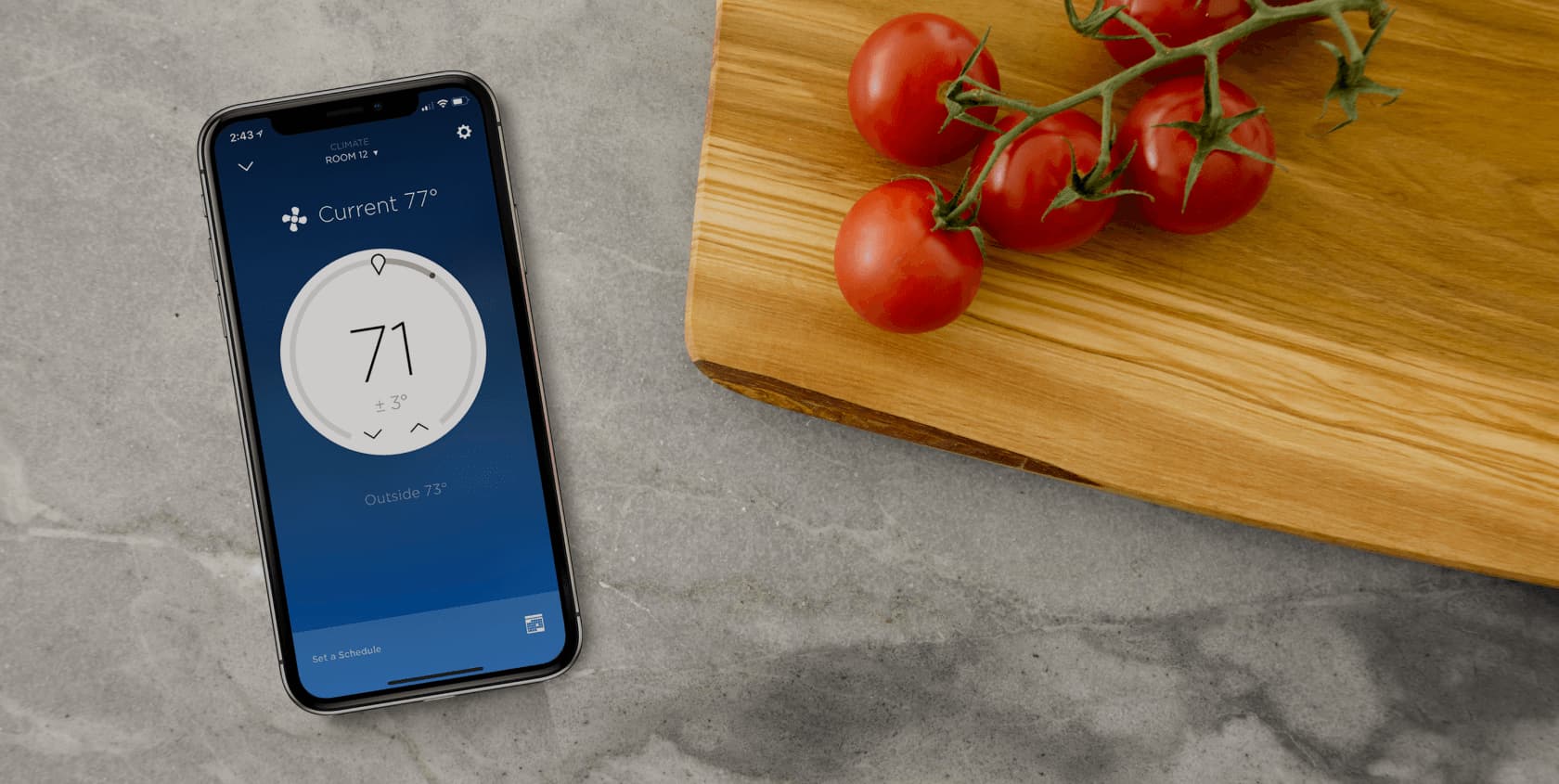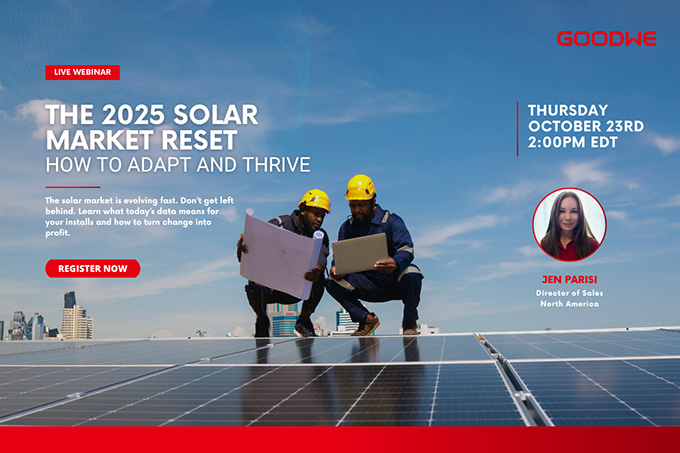Installer FAQ: Advantages of hybrid inverters vs. AC-coupled systems

If your customer intends to maximize the return on their solar systems, they might prefer the advantages of a hybrid inverter-based PV battery system vs. an AC-coupled systems.
Hybrid inverters are designed to replace AC-coupled systems. If your customers are like most other customers in North America with very little energy demand during the day (particularly two to three hours before or after noon), then having a string inverter or a number of micro inverters may fail to achieve your customers’ goals. As the local utilities only allow customers to apply the credit toward future power consumption during the same hours or pay almost nothing (2¢~4¢ per kWh) to buy excessive electricity credit (true out) at the end of 12-month period, customers should be advised to store the electricity first into a battery and use it during peak hours. Adapting a hybrid inverter (or PCS) will help your customers achieve their goal to reduce energy cost most cost effectively.
If we examine the energy flow, an AC-coupled system can lose a significant amount of energy because of repetitive multi-stage conversions, even though most of these string inverters or micro inverters do have extremely high PV to AC conversion efficiency. The DC energy from solar system is first converting to AC, and then a bi-directional inverter often built into the AC-coupled ESS is used to rectify the energy back to DC. For many AC-coupled ESS designed with low voltage 48V battery banks, it will take an additional two stages of DC/DC conversion, which may lose as much as 4% of energy before the energy can be used to charge the battery.
Energy usage during the evening hours will reverse the previous path to meet demand on the home AC network. That is the reason why some ESS lose as much as 13% of the energy because of these repetitive conversions. Hybrid inverters on the other hand, particularly those designed with 400V battery banks, store energy directly from solar arrays and only convert DC energy to AC during the peak hours when demand appears. The energy flow will lose only one third of energy, compared to an AC-coupled system.
But many of us work from home these days, which means power consumption during the daylight hours increases significantly. While hybrid inverters are often equipped with sufficiently more PV capacity, you may choose to have a portion of solar energy converted to AC directly so that the demand can be met right away. The excessive energy will flow back to the battery or grid if local demand is smaller than the production. Here a hybrid inverter again prevails because energy desired to be used at night will be stored directly to the battery while AC-coupled PV generation systems can be used to meet extra demand. The string inverters or micro inverters employed by this AC coupled PV generation system can also be used to meet surging demand, such as AC, during full sun hours.
Given that we are quickly coming to the end of solar subsidy programs, such as Net Energy Metering (NEM), throughout the United States, rooftop top solar will be primarily used for self-sufficiency. Many people will soon own a fully electric vehicle and some will replace water heaters with a heat pump. While we may expect our utilities can upgrade the distribution network(s) to meet our rising demand of electric energy with just a little more money, adding a hybrid inverter and energy storage system will put our energy future in our own hands, likely at lower cost. If we can produce our own energy or buy energy at lower rate even when we sleep, maybe it is time for us to rely less on the utilities.
Andy Li is the CTO of POMCube Inc.





Comments are closed here.